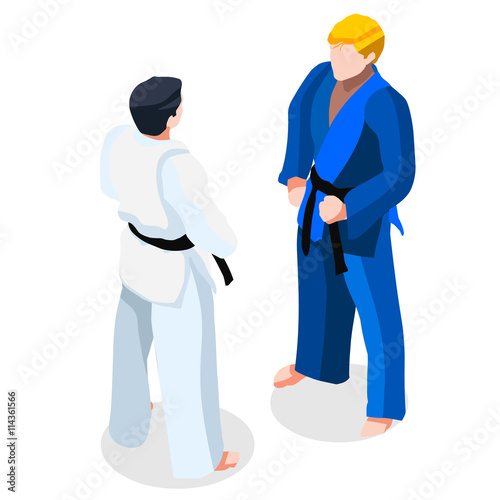The Advancement And Historical Significance Of Martial Arts Across Various Cultures
The Advancement And Historical Significance Of Martial Arts Across Various Cultures
Blog Article
Staff Author-Wilcox Ebsen
Martial arts have a remarkable history that spans centuries and continents. You may discover it appealing just how old methods like Shuai Jiao and Kalaripayattu laid the groundwork for modern battle strategies. These self-controls not only emphasize physical abilities however also show the cultures that birthed them. As premier martial arts reviews discover their advancement, consider just how globalization has actually transformed these traditional types into crossbreed styles. What martial arts for toddler near me do you assume have formed today's martial arts landscape?
Ancient Martial arts: The Foundations of Combat
As you explore the globe of ancient martial arts, you'll uncover the rich structures that shaped battle methods throughout cultures. Very early techniques focused on Self-Defense and survival, commonly including strikes, grappling, and weaponry.
In ancient China, for example, methods like Shuai Jiao highlighted tosses and joint locks, while India's Kalaripayattu showcased agility and fluid movement. Japanese samurai created Kenjutsu, a polished swordsmanship that highlighted technique and technique.
martial arts without contact offered not just for fight however also as a means of individual advancement, instilling values like respect and determination. The mixing of these methods in time prepared for the diverse martial arts you see today, each mirroring the distinct ideologies and demands of its culture.
The Cultural Impact on Martial Arts Development
While martial arts frequently show the practical demands of a society, they additionally embody the social values and ideas of their origins. When you discover various martial arts, you'll see just how they're influenced by religion, approach, and social standards.
For instance, the focus on respect and self-control in Japanese martial arts comes from Zen Buddhism and samurai society. In contrast, Brazilian Jiu-Jitsu advertises flexibility and method, formed by the requirement for effectiveness in a varied, multicultural setting.
You might find that the rituals, uniforms, and training approaches show an area's background and identity. By recognizing these cultural influences, you strengthen your admiration of martial arts and their function in shaping human experiences around the world.
Modern Adaptations and the Globalization of Martial arts
Martial arts have changed dramatically in recent years, adapting to contemporary culture and worldwide influences. You'll discover that typical forms have blended with modern methods, developing hybrid styles like mixed martial arts. These adaptations cater to diverse target markets, making martial arts available and enticing globally.
With the surge of social media sites and electronic systems, you can discover tutorials and competitions from all edges of the world, damaging geographical barriers. This globalization has led to a common appreciation for numerous disciplines, from Brazilian Jiu-Jitsu to Taekwondo.
As you involve with these arts, you'll recognize they're not just about fight; they promote fitness, self-control, and mental health.
Inevitably, contemporary adjustments have actually enhanced the martial arts landscape, making it a dynamic and developing method.
Final thought
In checking out the history and evolution of martial arts, you uncover a fascinating mix of techniques, cultures, and viewpoints. From ancient techniques like Shuai Jiao and Kalaripayattu to the modern-day versatility seen in MMA, martial arts mirror humankind's quest for Self-Defense and individual growth. As you engage with these practices, you not only acquire skills yet likewise a deeper appreciation for the diverse traditions that shape our globe today. So, proceed your journey and welcome the art of combat!
